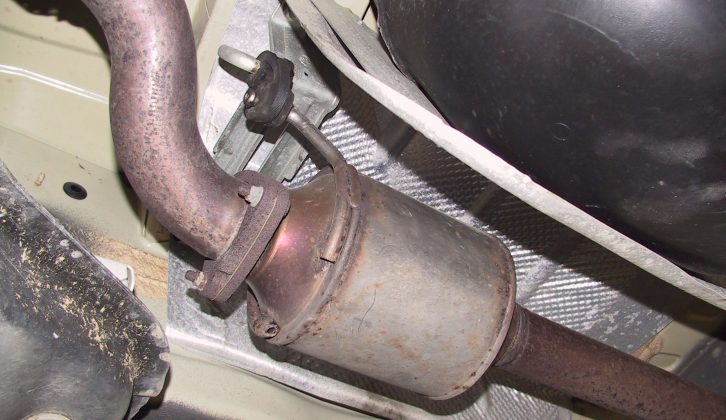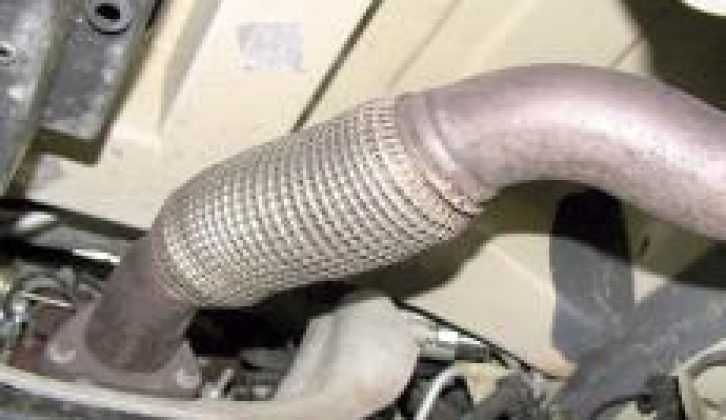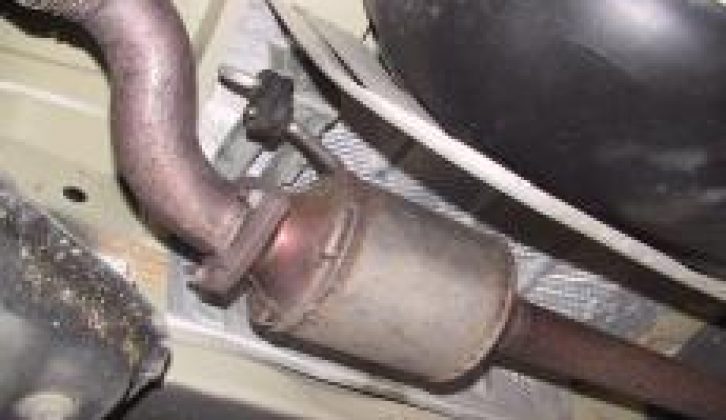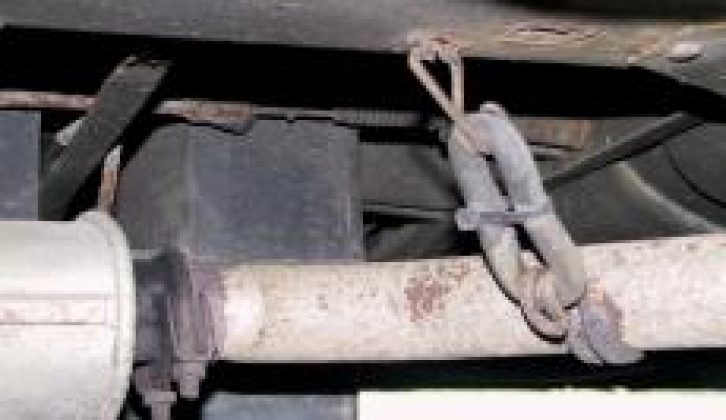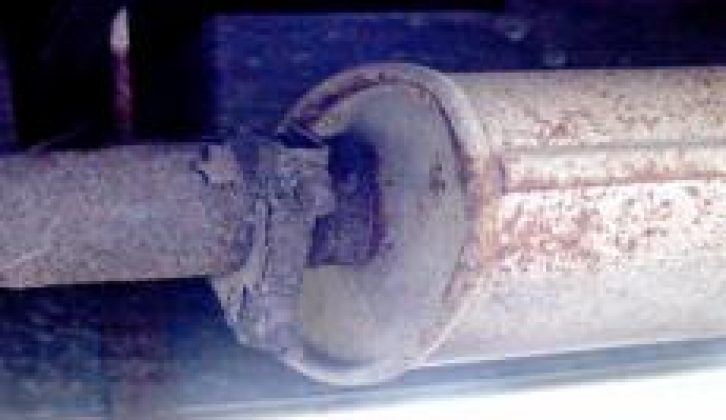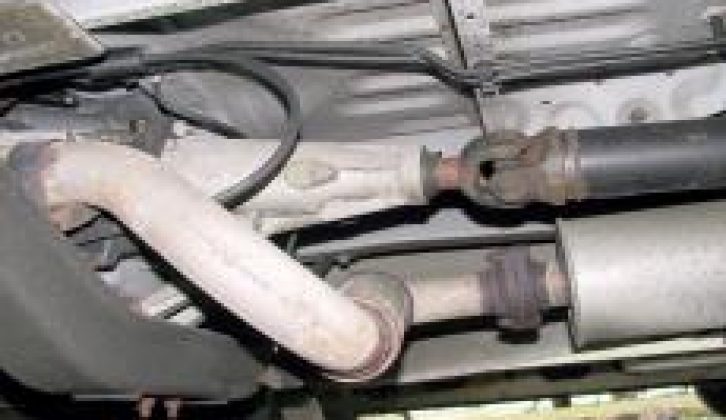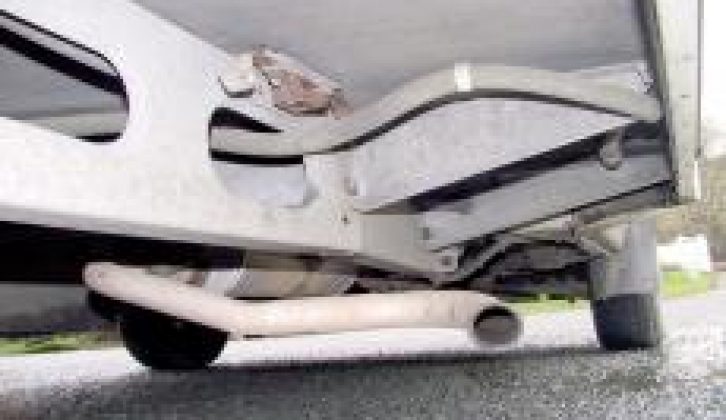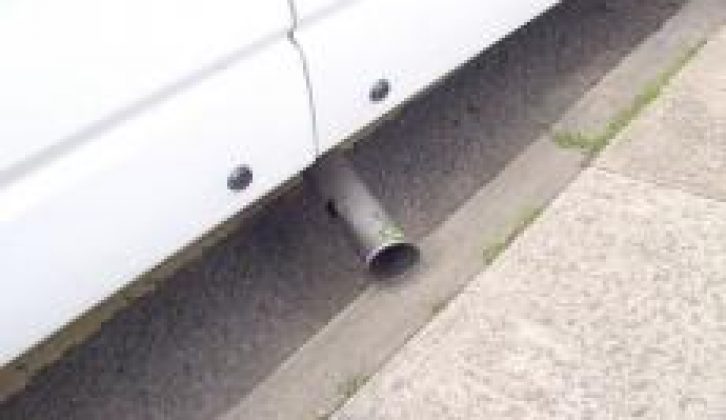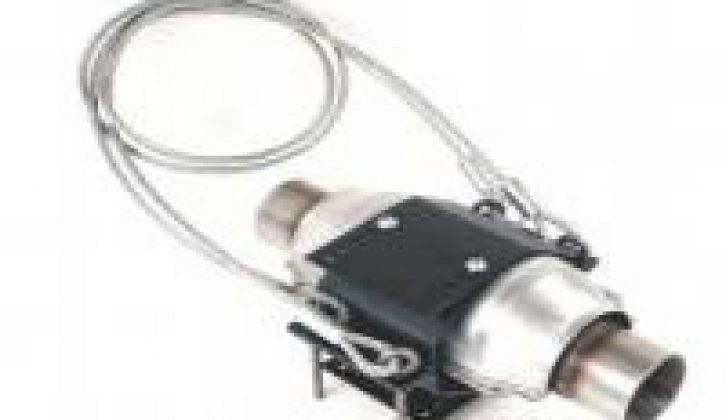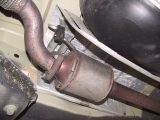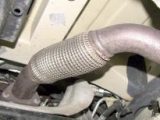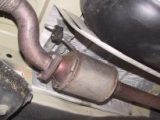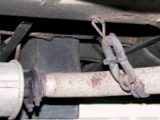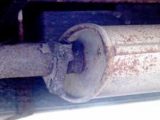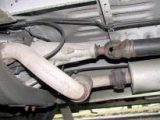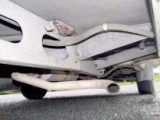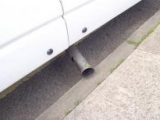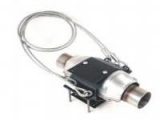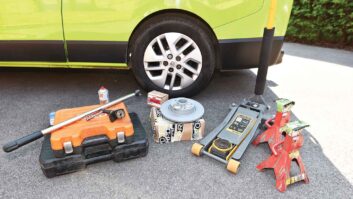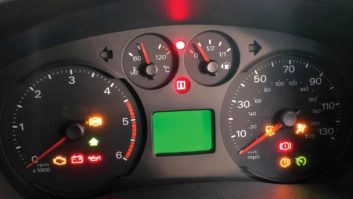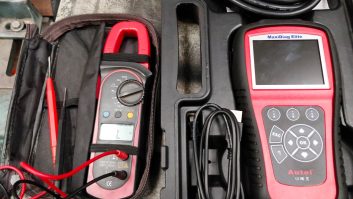Follow these DIY tips to spot and prevent potential defects in your ‘van’s exhaust system
A quality exhaust system might last for ten years, but during that time defects will develop that can compromise its reliability and the chances of the ’van passing its MoT test. An annual DIY check of the exhaust system can avoid these problems, or at least provide the opportunity to have them fixed before they compromise the vehicle’s reliability.
You can check the system by reaching underneath from both sides of the ’van, and working your way along the exhaust route using a torch to look for minor defects that may quickly develop into more serious problems.
How to check the exhaust system
Scrape the surface rust from corroded areas and look for small holes. They won’t cause a noise problem, but when the engine is on overrun, air can be drawn into the system through these pinholes and may ignite unburnt fuel passing through the exhaust. This will sound like a backfire as the fuel explodes – it can be powerful enough to split a silencer open from the inside.
[tl:gallery index=1 size=154×200]Gas leakage from flange joints and pipe connections will usually be marked by a streak of soot (see right). Any gas leaks will need quick attention because fumes can be sucked into the vehicle through vents or open windows, which could cause the driver and passengers to become drowsy or ill during a long journey. Leaking pipe connections may only need their clamps tightening, or replacing, if the stud threads are badly rusted.
[tl:gallery index=2 size=230×154]The whole system is flexibly supported to allow it to expand and contract with the heat, and to isolate it from chassis vibration and the natural flex of the chassis or underbody. The system is rigidly bolted to the engine at the manifold, but the flexible mountings downstream allow it to absorb the movement of the engine. A flexible pipe section is often incorporated in the exhaust’s downpipe from the engine (above). The flange to the manifold bolts can seize, though.
[tl:gallery index=3 size=230×154]Older systems, meanwhile, will usually be suspended by flexible straps from brackets on the chassis to a clamp on the pipes. Later systems use rubber loops hooked over lugs that are welded to the underbody and the exhaust components, such as on the catalytic converter pictured here. On the older systems, check the straps for tears where they are bolted to the brackets. On later systems, check that the rubber loops haven’t slid off their lugs. If they have, they’ll need to be stretched [tl:gallery index=4 size=230×154]so that they can be hooked back on, then wobble the system to ensure that it doesn’t make contact with any other parts. If it does, try slackening the fasteners and revolving a pipe or silencer to improve the alignment. The rubber on the system pictured right has been tightened with a cable tie to stop it detaching from the hooks. This should be used only as a temporary solution.
Check the support lugs for cracks where they are welded to the chassis or underbody. If they are cracked a garage can easily repair them by welding. Cracks in pipework, at changes in sections such as where a pipe is welded into a silencer, need to be dealt with quickly. The thin metal here isn’t usually weldable so a new part will be needed. Circumferential pipe cracks will eventually crack all the way around, splitting the exhaust in two.
Inside the system
Corrosion of the system is generally caused by moisture condensation on the inside of the exhaust. This causes perforation and the collapse of silencer baffles, which can partly block the system.
Catalytic converter (CAT
A tinny rattle from underneath may be caused by the CAT’s internal matrix breaking up. But check around the vehicle to ensure that nothing else is causing the rattle first, then ask a trusted garage to check the CAT to see if it needs replacing.
Engine running problems, especially on petrol vehicles, can allow excess fuel into the exhaust, which damages the CAT’s internal core. Ensure engine running problems are sorted quickly. If the CAT fails, have the engine and fuelling system checked when the new CAT is fitted. Good engine servicing and repair is the best way to care for CATs.
Diesel particulate filter (DPF)
On newer vehicles a DPF mounted in the exhaust pipework, or combined with the CAT, removes soot particles that carry harmful hydrocarbons and sulphates. To prevent blockages when soot builds up, the engine control system automatically alters the fuelling and other parameters to increase the exhaust gas temperature to burn the soot. This has to be done when the engine is working under a reasonable load and for around 20 minutes. A small ’van used for frequent town trips might not reach the temperatures needed to adequately clean the CAT, but the dashboard will display a warning light when a clean is overdue – all that’s required is a good swift drive to get the engine hot.
It is vital to use the specified engine oil during servicing. DPF-equipped vehicles use oil that is low in sulphated ash which can otherwise harm the DPF and some CATs.
Replacing the system
Before removing the old system, first check the bolts or nuts that connect the front pipe to the engine’s exhaust manifold or diesel turbocharger. If these bolts are seized tight, or are likely to shear off, it may be necessary to remove the exhaust manifold and/or turbo, and that could become a lengthy job.
Assuming these fasteners are free, it’s usually easier to start removing the system from the rear before fitting the new one. Work back from the manifold, ensuring each section hangs freely before fitting the next. Use heat-resistant, anti-seize grease on fastener threads, and a smear of exhaust paste on joints. Position each section so the hangers can be attached without undue strain, rotating the pipes if necessary.
Some other tips and points to note on exhaust systems
[tl:gallery index=5 size=230×154]It’s best to replace rust-encrusted pipe clips such as the one shown here. It will make unexpected repairs much easier and quicker to perform.
[tl:gallery index=6 size=230×154]When convoluted exhaust systems run close to the propshaft, axle and chassis, ensure that the flexible mountings stop them from coming into contact.
[tl:gallery index=7 size=230×154]This Talbot-based ‘van’s silencer is mounted well clear of the ground, but the tail pipe is low enough to crumple on contact with kerbs when reversing.
[tl:gallery index=8 size=230×154]This tail pipe is positioned on the right-hand side – fine in the UK but liable to come into contact with kerbs when parking on the Continent.
[tl:gallery index=9 size=200×154]One way to deter catalytic converter thieves is to fit a device called a Catlock, which is wired around the chassis (www.cat-lock.com – then, currently, click on the UK customer option to buy via eBay for £120 inc.).
Safety tips
• Ensure the vehicle is parked on level ground with the wheels chocked, handbrake on and a gear engaged when working or reaching underneath
• Keep the keys in your pocket so no-one else can move the ‘van or start the engine while you are underneath it
• Wear gloves when handling hot exhaust parts
• Wear eye protection when scraping or chipping away rust
